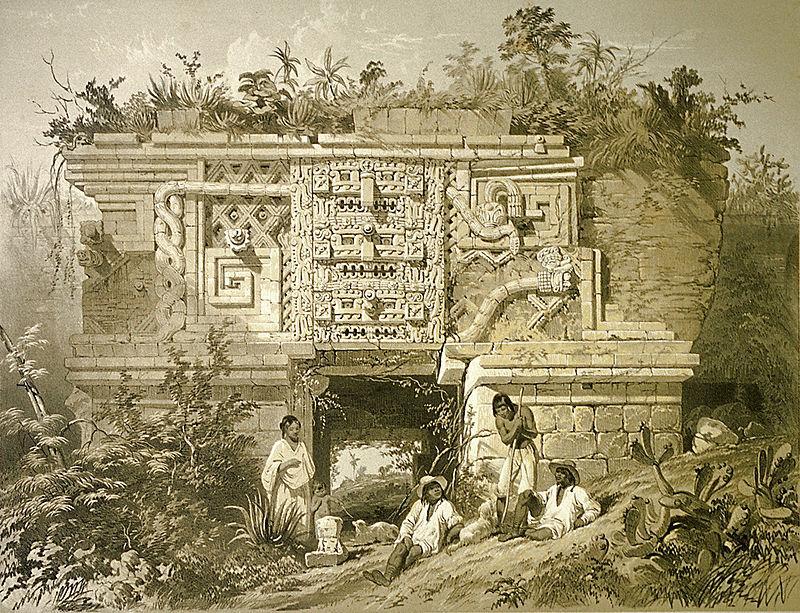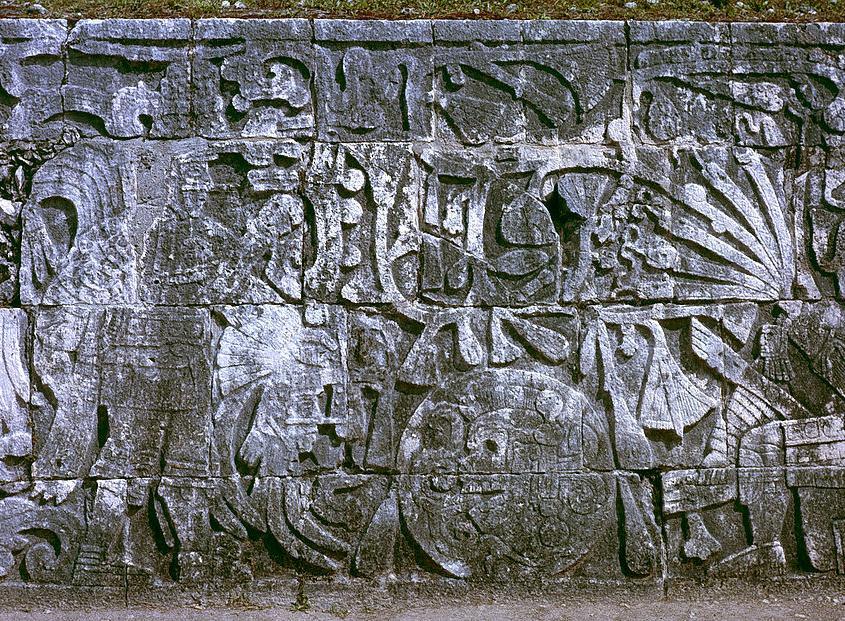
Guatemala Mayan Traditional Medicine refers to the healing practices and knowledge passed down through generations among the Mayan indigenous communities of Central America, particularly in Guatemala, Belize, Mexico, Honduras, and parts of El Salvador. It is a holistic approach to healthcare that encompasses physical, spiritual, and emotional aspects of well-being.
Key elements of Mayan traditional medicine include:
- Herbal Remedies: The use of medicinal plants and herbs is central to Mayan traditional medicine. The Mayans have an extensive knowledge of local flora and utilize various plants for their healing properties. Herbal remedies are prepared through methods such as teas, poultices, tinctures, or topical applications to address different ailments.
- Rituals and Ceremonies: Mayan traditional medicine often incorporates spiritual and ceremonial practices to promote healing. Rituals may involve the use of sacred objects, prayers, chants, and the involvement of spiritual leaders or shamans. These rituals aim to restore harmony and balance within the individual and the community.
- Energy Healing: Mayan traditional medicine recognizes the existence of an energetic system within the body. Techniques such as energy cleansing, energetic balancing, and hands-on healing are employed to restore the flow of vital energy and promote well-being.
- Massage and Bodywork: Mayan traditional medicine includes various massage and bodywork techniques to alleviate physical discomfort, improve circulation, and promote relaxation. Techniques such as sobada (massage), ventosas (cupping), and sobador (bonesetter) practices are commonly used.
- Diagnosis and Divination: Mayan healers often rely on a combination of observation, questioning, and divination practices to diagnose illnesses. These practices may include the interpretation of dreams, the use of sacred objects, or other traditional methods to gain insight into the causes of illness and determine appropriate treatments.
- Spiritual Cleansing: Mayan traditional medicine places significance on spiritual and energetic cleansing to rid the body and mind of negative energies or influences. Techniques such as smudging with sacred herbs, spiritual baths, or energetic rituals are used to cleanse and purify.
- Dietary and Lifestyle Recommendations: Mayan traditional medicine emphasizes the importance of diet and lifestyle in maintaining health. It includes guidance on nutrition, proper hygiene practices, exercise, and mental-emotional well-being.
It’s important to note that Mayan traditional medicine is deeply rooted in cultural beliefs, and the specific practices and remedies can vary among different Mayan communities and healers. While these practices have been effective for many individuals, it’s advisable to seek guidance from experienced traditional healers or practitioners who have an understanding of Mayan traditional medicine for appropriate treatment and care.

Guatemala Mayan Traditional Medicine encompasses various elements that are integral to its practice. Here are some key elements of Mayan traditional medicine:
- Holistic Approach: Mayan traditional medicine views health and healing holistically, considering the interconnections of the body, mind, and spirit. It recognizes that imbalances in one aspect can affect overall well-being.
- Herbal Medicine: The use of medicinal plants is a central component of Mayan traditional medicine. Mayan healers possess extensive knowledge of local plants and their therapeutic properties. Herbal remedies are prepared through different methods, including teas, poultices, infusions, or topical applications.
- Rituals and Ceremonies: Mayan traditional medicine often incorporates spiritual rituals and ceremonies to promote healing and restore balance. These rituals may involve prayers, offerings, smudging with sacred herbs, or the involvement of spiritual leaders or shamans.
- Energy Healing: Mayan traditional medicine acknowledges the existence of an energetic system within the body. Techniques such as energy cleansing, energetic balancing, or hands-on healing are used to restore the flow of vital energy and address imbalances.
- Diagnosis and Divination: Mayan healers employ various methods to diagnose illnesses and determine appropriate treatments. This may include observation, questioning, interpretation of dreams, divination practices, or the use of sacred objects to gain insights into the causes of illness.
- Massage and Bodywork: Mayan traditional medicine utilizes massage and bodywork techniques to address physical discomfort, improve circulation, and promote relaxation. Techniques such as sobada (massage), ventosas (cupping), or bonesetting practices are commonly employed.
- Spiritual Cleansing: Mayan traditional medicine emphasizes the importance of spiritual and energetic cleansing. Practices such as smudging, spiritual baths, or energetic rituals are used to remove negative energies and restore spiritual and emotional well-being.
- Dietary and Lifestyle Recommendations: Mayan traditional medicine emphasizes the role of diet and lifestyle in maintaining health. It provides guidance on nutrition, hygiene practices, exercise, and mental-emotional well-being.
- Sacred Geometry and Symbolism: Mayan traditional medicine incorporates sacred geometry and symbolism into its practices. Symbols, patterns, or sacred geometry are believed to hold spiritual and healing significance.
- Oral Tradition and Indigenous Knowledge: Mayan traditional medicine is passed down through generations orally, preserving indigenous knowledge and wisdom. This includes knowledge of plants, healing techniques, rituals, and cultural practices.
These elements work together to create a comprehensive approach to healing and maintaining well-being in Mayan traditional medicine. It’s important to consult with experienced traditional healers or practitioners who have a deep understanding of Mayan traditional medicine for appropriate guidance and treatment.

 Lake Atitlan Tours
Lake Atitlan Tours Lake Atitlan Tours and Travel
Lake Atitlan Tours and Travel